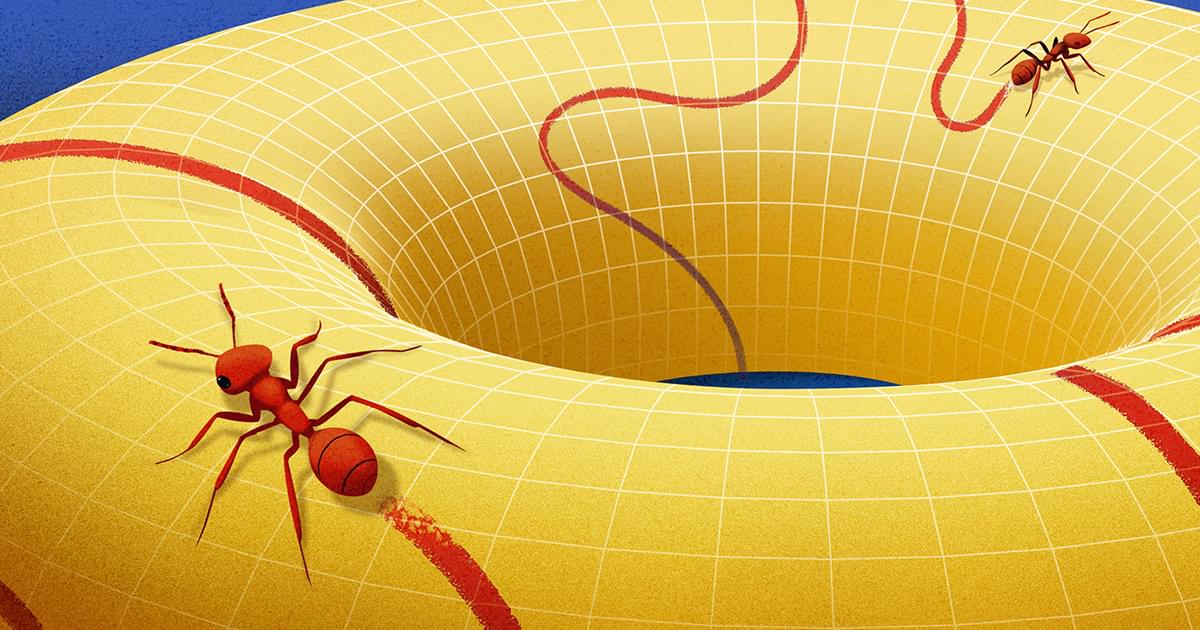The study notes in its conclusions, “We have presented G-FLight printing as an effective tool for the rapid gravity-independent fabrication of aligned tissues, focusing on muscle tissue as an application.”
Can muscle tissue be 3D-printed in outer space to improve astronaut health? This is what a recent study published in Advanced Science hopes to address as a team of scientists investigated how human tissue can be manufactured in space. This study has the potential to help scientists, researchers, and the public better understand new methods for not only aiding in long-term space travel but also combating diseases on Earth.
For the study, the researchers used a series of parabolic flights to test G-FLight (Gravity-independent Filamented Light), which is a novel 3D printing biomanufacturing system capable of producing muscle cells and fibers in a matter of seconds. The purpose of the parabolic flights was to simulate microgravity, which is produced by the airplane sharply diving after gradually rising in altitude. The goal of the study was to ascertain if G-Flight could successfully 3D-print muscle fibers under microgravity conditions. In the end, the researchers found that G-FLight successfully produced muscle fibers under microgravity conditions during parabolic flights.








